Artificial intelligence is revolutionizing animal welfare by interpreting emotions like pain, stress, and even happiness. Could this technology help us better care for animals—and understand them on a deeper level?
- Researchers are training AI to interpret animal emotions, from pain to stress, using facial recognition and deep learning.
- Systems like Intellipig and others are already outperforming humans in detecting signs of distress in animals.
- While promising, these tools raise questions about accuracy, ethical use, and the limits of AI in understanding complex emotions.
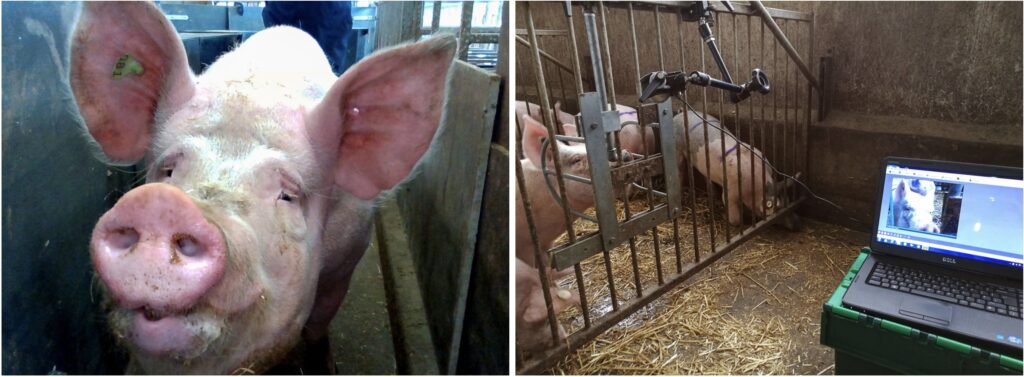
At 6 a.m. on a misty morning in the English countryside, hundreds of pigs eagerly rush to their feeding stalls. But before they can enjoy their breakfast, a tiny camera snaps a photo of each pig’s face. In less than a second, an artificial intelligence (AI) system identifies the pig and customizes its meal. Beyond this, the AI scans the pig’s facial features for signs of pain, sickness, or emotional distress, alerting the farmer if anything seems amiss. This is Intellipig, a groundbreaking system developed by scientists at the University of the West of England Bristol and Scotland’s Rural College. It’s part of a growing movement to use AI to decode the emotional lives of animals.
From pigs to horses, cats, and even zebras, researchers worldwide are training AI to interpret animal emotions. These systems are already proving to be faster and more accurate than humans at recognizing signs of pain and stress. But could AI go further, helping us understand more complex emotions like happiness or frustration? And what are the ethical and practical implications of relying on machines to interpret the feelings of other species?
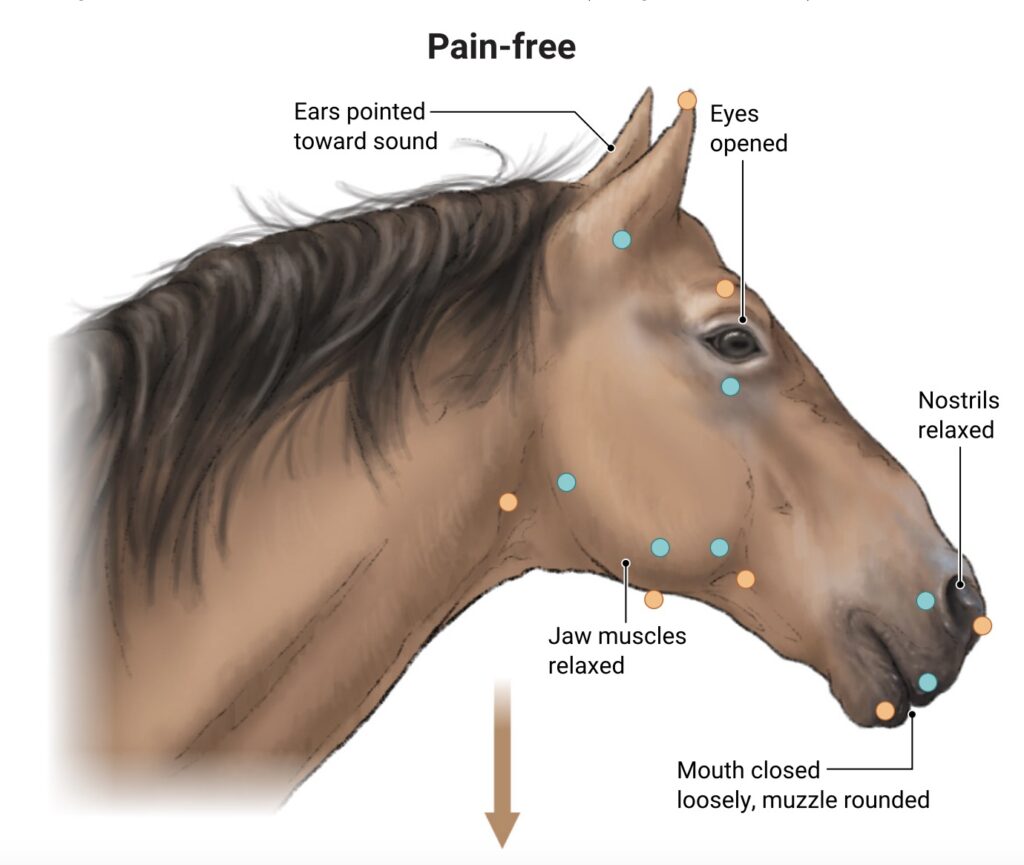
The Science Behind AI and Animal Emotions
The idea that animals express emotions through their faces isn’t new. Charles Darwin, in his 1872 book The Expression of the Emotions in Man and Animals, argued that facial expressions are a shared language among mammals, rooted in our evolutionary history. Modern research supports this, showing that humans share many facial muscle movements with animals—38% with dogs, 34% with cats, and 47% with horses and primates. However, while these anatomical similarities exist, humans often struggle to interpret animal emotions accurately.
To bridge this gap, scientists have spent years observing animals in various situations—such as after surgery or during stressful events—and documenting their facial expressions. This has led to the creation of “grimace scales” for species like horses, sheep, and cats, which measure pain or stress based on facial muscle movements. For example, a horse in pain might rotate its ears outward and develop “worry wrinkles” above its eyes. While these scales are useful, manually coding facial expressions is time-consuming and prone to human error. This is where AI comes in.
AI systems, trained on thousands of images, can analyze animal faces almost instantaneously. For instance, a team at the University of São Paulo trained an AI to detect pain in horses by analyzing photos taken before and after surgery. The system focused on subtle changes in the eyes, ears, and mouth, achieving an impressive 88% accuracy rate. Similarly, researchers at the University of Haifa developed an AI that could identify pain in cats with 77% accuracy, outperforming many human experts.
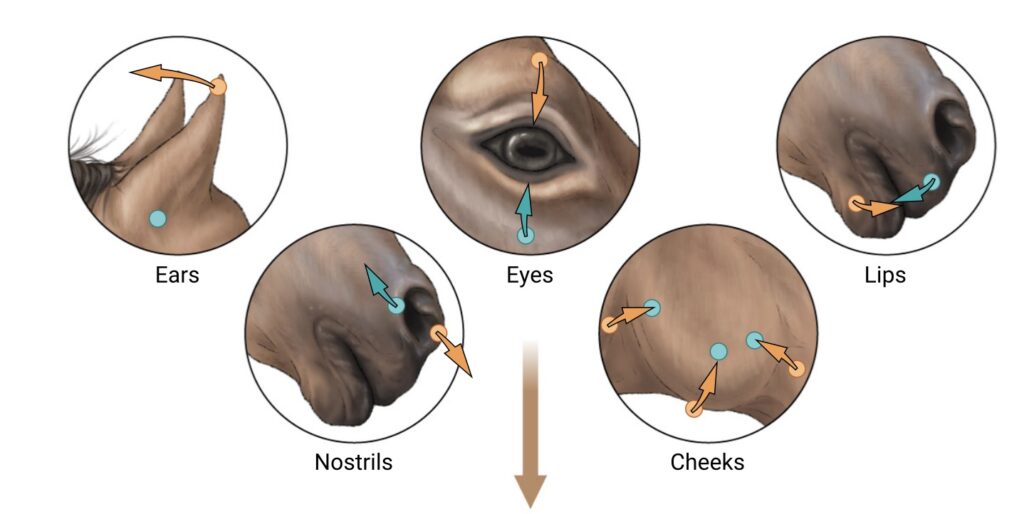
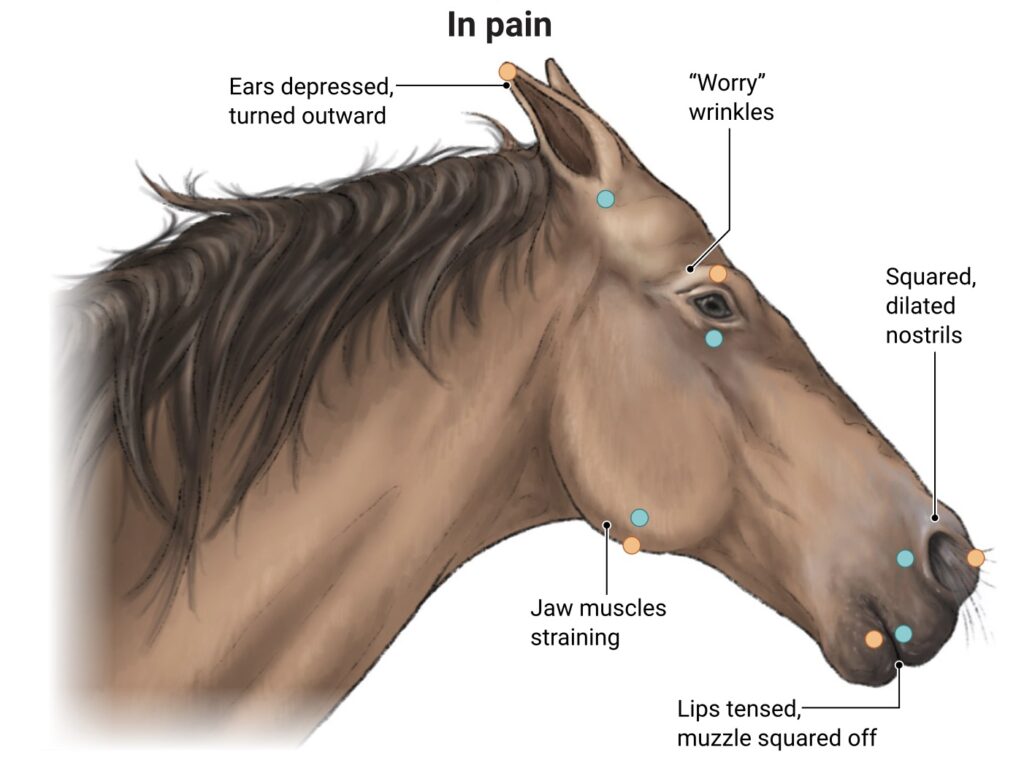
From Pain to Complex Emotions
While current AI systems excel at detecting pain and stress, researchers are pushing the boundaries to explore more complex emotions. Could AI one day identify happiness, sadness, or even frustration in animals? This is the dream of scientists like Anna Zamansky at the University of Haifa, who envisions a “dog face reader” capable of interpreting basic emotional states. However, this goal presents significant challenges. Unlike pain, which has clear physical indicators, emotions like joy or anger are harder to define and vary widely across species and breeds.
To achieve this, researchers are turning to deep learning, a method that allows AI to learn patterns on its own. Instead of teaching the system specific signs of pain or stress, scientists provide it with images of animals in different situations and let it identify telltale features. This approach has already yielded impressive results. For example, an AI system trained on videos of horses not only detected pain more accurately than veterinarians but also identified pain-free animals that experts had mistakenly flagged as suffering.
However, deep learning comes with risks. AI systems can sometimes focus on irrelevant details, like a clock in the background of an image, leading to incorrect conclusions. To address this, researchers are using tools like GradCAM, which creates heat maps showing which parts of an image the AI focuses on. Early findings suggest that the eye area is often the most informative for detecting emotions, though this varies by species.
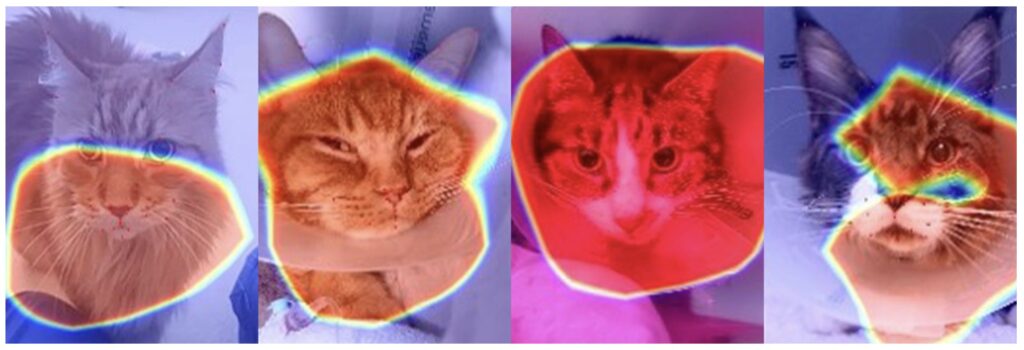
Beyond the Face: A Holistic Approach
While facial expressions provide valuable insights, they don’t tell the whole story. Animals communicate emotions through body language, vocalizations, and even physiological changes. For example, a wagging tail or a hunched posture can reveal an animal’s emotional state. Researchers like Suresh Neethirajan are developing AI systems that analyze these additional factors, including body heat emissions, to provide a more comprehensive picture of animal welfare.
In some cases, AI is already being integrated into practical tools. For instance, an app developed by researchers in the Netherlands allows horse owners to scan their animals’ faces and bodies to estimate pain levels. Similarly, Zamansky’s team is working on an app for cat owners that analyzes facial tension to assess pain. These tools could revolutionize animal care, making it easier for pet owners, veterinarians, and farmers to monitor their animals’ well-being.
The Ethical and Practical Implications
While the potential of AI in animal welfare is exciting, it also raises important ethical questions. How much should we rely on machines to interpret emotions, especially when the stakes involve an animal’s health and happiness? Researchers like Emma Baxter, an animal behavior scientist, caution against over-reliance on AI, emphasizing the need for human oversight to ensure accuracy and ethical use.
Another challenge is the lack of diverse training data. Unlike human-focused AI systems, which are trained on vast amounts of text and images, animal-focused AI has limited resources. For example, there aren’t enough labeled images of animals in different emotional states to train robust systems. This scarcity of data could limit the effectiveness of AI tools, especially for less-studied species.
Despite these challenges, the potential benefits of AI in animal welfare are immense. From improving the lives of farm animals to helping pet owners better understand their furry companions, AI offers a powerful tool for enhancing our relationship with animals. As Melvyn Smith, one of the developers of Intellipig, puts it, “AI could guide us in giving animals not only a stress-free life but a happy one.”
The Future of AI and Animal Emotions
As AI continues to evolve, its ability to interpret animal emotions will only improve. Researchers are optimistic that within a few years, machines will be able to recognize a wider range of emotions and even connect facial expressions to specific intentions, such as wanting to play or feeling threatened. This could open up new possibilities for animal care, from smarter farms to more humane veterinary practices.
Ultimately, the goal is not to replace human expertise but to enhance it. Just as AI has transformed fields like medicine and transportation, it has the potential to revolutionize animal welfare, giving us deeper insights into the emotional lives of the creatures we share our world with. By combining the power of AI with human compassion, we can create a future where animals are not only cared for but truly understood.
